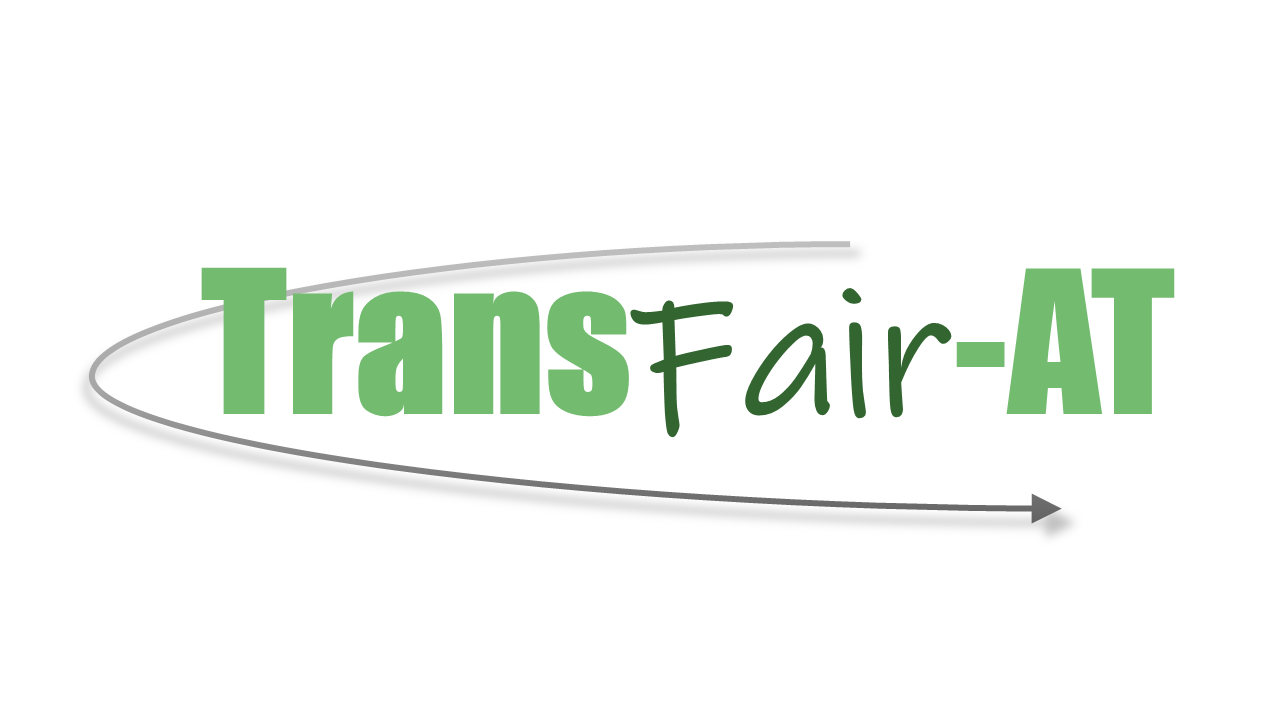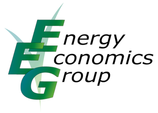Work Package 3: Comprehensive Model-based Analysis of Policy Scenarios
Description
Work Package 3 consists of three tasks:
- Simulation of decarbonisation policy scenarios
- Simulation of combined policy scenarios comprising decarbonisation and compensation policies
- Sensitivity analysis
Simulation of decarbonisation policy scenarios
The decarbonisation policy scenarios developed in WP1 were simulated, and the results were assessed with respect to distributional effects of different policies on the different household types. We assessed the results on the impact of policy measures for different household types and with a focus on vulnerable groups in terms of e.g. decreasing consumption opportunities or reduced employment opportunities. In addition, the macroeconomic and emission impacts of the policy instruments were analysed.
Simulation of combined policy scenarios comprising decarbonisation and compensation policies
A first set of combined decarbonisation and compensation policy scenarios was run to analyse whether the social compensation measures developed in WP1 are suitable to mitigate potential negative distributional impacts caused by the decarbonisation policies found in Task 3.3. The impact of policies and differences between the different scenarios was discussed internally as well as with the scientific advisory board.
Based on the insights derived from the first set of scenarios, a second set of policy scenarios was developed. The aim of the task is to provide a set of robust scenarios which are relevant in the policy discussion. Results were analysed and disaggregated for different household types. The aggregate economic effects (i.e. changes in GDP, value added, and employment) as well as changes in greenhouse gas emissions for 2030 and 2050 were reported and results prepared for WP4.
Sensitivity analysis
The model simulations were scrutinised by a sensitivity analysis of the most important policy parameters such as subsidy and taxation levels or different levels of technology standards as well as the impact of a low energy efficiency performance scenario.






